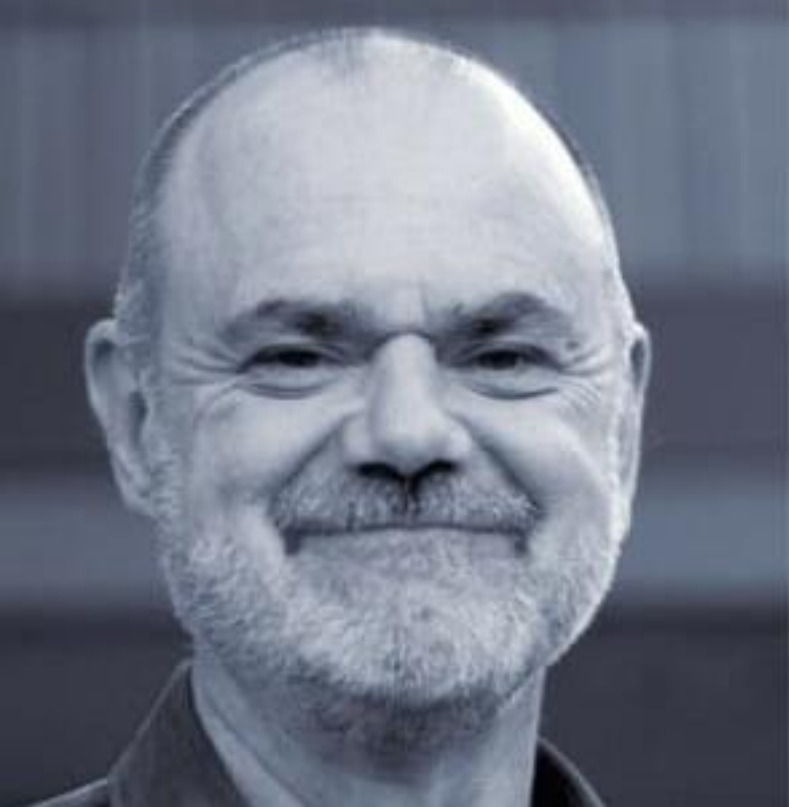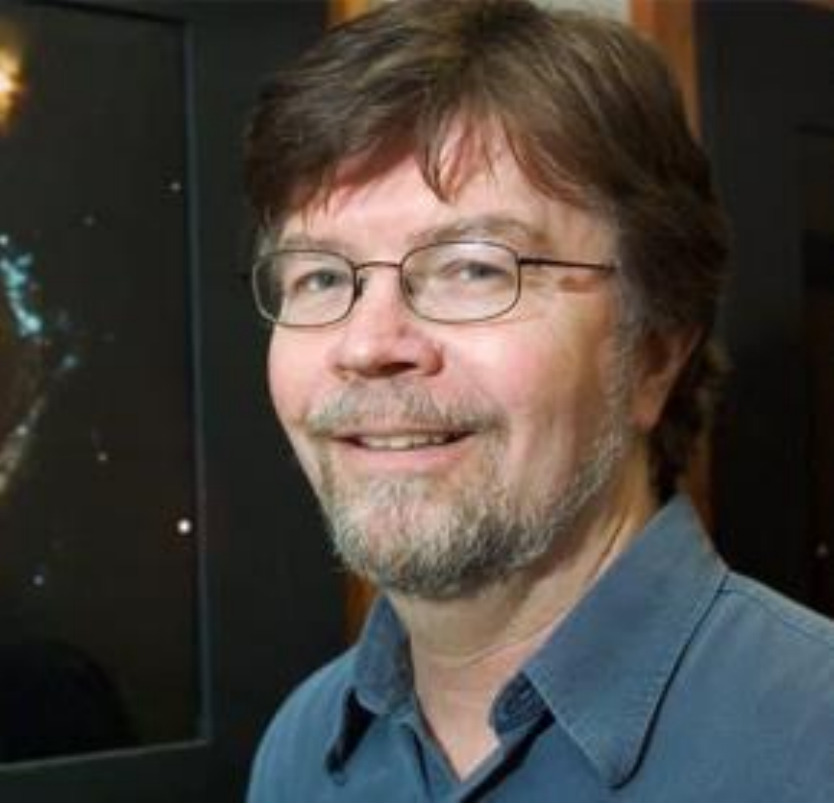Meet the AAS ebooks Editorial Advisory Board

Steve Kawaler
Iowa State University
Chair
Stellar physics; asteroseismology

Ethan Vishniac
Johns Hopkins University
Magnetic fields in stars and galaxies

Dieter Hartmann
Clemson University
High-energy astrophysics; astronomy with radioactivity; gamma ray bursts

Piet Martens
Georgia State University
Solar physics; machine learning in space weather; the solar-stellar connection

Joan Najita
NOIRLab, Arizona
Star and planetary formation from disks

James Cordes
Cornell University
Radio astronomy; neutron stars; interstellar medium; SETI

Daryl Haggard
McGill University
Galactic centre; EM & gravitational waves; black holes and galaxies

Stephen Kane
University of California
Exoplanets; astrobiology; planetary science

Leslie Young
SwRI Boulder
New Horizons Mission; planetary science

Christopher Conselice
University of Manchester
Galaxy formation; James Webb Telescope; astrophysical data and computer modelling

Bryan Gaensler
University of California, Santa Cruz
Radio astronomy, cosmic magnetic fields, time-domain astronomy, fast radio bursts, interstellar medium

Sanlyn Rebecca Buxner
University of Arizona
Learning Assessment, Astronomy Education Research, Science Education, Best Practices in Education, Program Evaluation, Online Education, Public Engagement
About The American Astronomical Society (AAS)
The American Astronomical Society, established 1899, is the major organization of professional astronomers in North America. The membership (~7,000) also includes physicists, mathematicians, geologists, engineers, and others whose research interests lie within the broad spectrum of subjects now comprising the contemporary astronomical sciences. The mission of the Society is to enhance and share humanity’s scientific understanding of the universe.